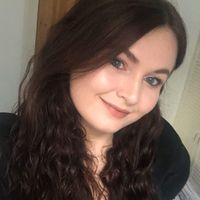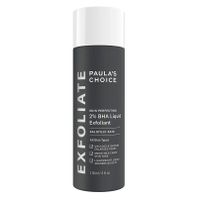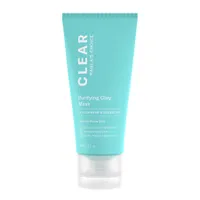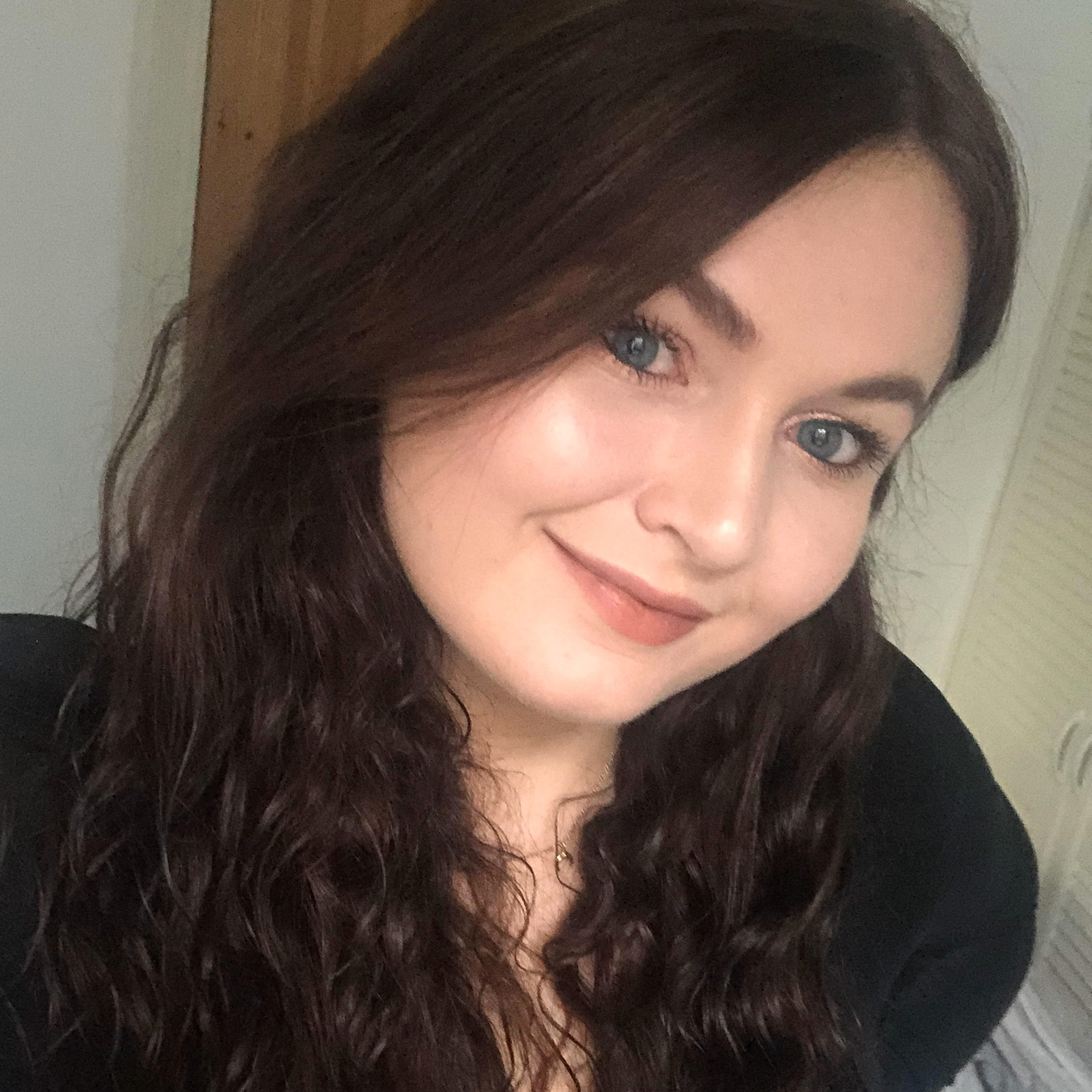Sebaceous filaments vs blackheads: what’s the difference?
We asked two doctors to explain the difference between sebaceous filaments vs blackheads, plus how to treat them


Skincare TikTok got you confused about sebaceous filaments vs blackheads? The rumours are true, those “blackheads” you think you have all over your nose probably aren’t blackheads at all.
Clogged pores are the bane of many people's skin (yours truly included!), but those pesky dots lurking on your skin are most likely sebaceous filaments rather than problematic blackheads that need to be covered by your best foundation.
Confused? That’s fair enough. To make sense of the situation we quizzed two doctors so you can tell the difference between sebaceous filaments vs blackheads once and for all.
- The best foundation for acne-prone skin—cover up your blemishes without any flakiness
- Can dry skin cause acne? We ask a dermatologist to explain
- Is hyaluronic acid good for acne? How the hydrating powerhouse could be what you've been waiting for
What are sebaceous filaments?
Unlike blemishes, these are a completely healthy part of your skin. “Sebaceous filaments live in the pores we all have,” explains Dr Alia Ahmed, consultant dermatologist and GetHarley Practitioner.
“Their role is to facilitate the movement of sebum (oil) from sebum-producing glands to the skin surface, which prevents water loss and provides protection. When pores fill with sebum, sebaceous filaments can become prominent.”
Sebaceous filaments vs blackheads—what’s the difference?
While sebaceous filaments are a completely healthy and a natural part of our skin that play a vital role in its health, blackheads are pores that have become clogged up with sebum that has oxidized (the process that turns them black).
It’s their similar appearance that causes people to confuse the two, but the most notable difference is that sebaceous filaments are lighter in color. “They are often pale in colour, but can look like small dark spots which are easily confused with blackheads,” Dr Sophie Shotter.
“Many people think the small dark spots on their nose are blackheads, when in fact in most cases they are simply sebaceous filaments—which are often sandy or pale grey in color.”
There are notable differences in how the two are expelled from the skin too. “A blackhead is expulsed like a plug when pressure is applied to the surrounding skin,” adds Dr Ahmed. “Sebaceous filaments on the other hand appear as a lighter, flat dot and if squeezed expel a thin, waxy strand.”
Can you get rid of sebaceous filaments? Should you avoid squeezing them?
It’s super tempting to squeeze your pores to get rid of any visible junk, be that sebaceous filaments, blackheads or other blemishes. However, you’ll probably end up doing more harm than good, so it’s important to resist.
“Although by squeezing you can remove, the likelihood is that within 30 days the sebaceous filament will re-form,” Dr Ahmed stresses. “As they can be a precursor to blackheads, or unusually prominent pores—remember, we all have pores—it can be beneficial to optimise skincare to deal with them if they are an issue, which is possible if a person has excessively oily skin.”
“It can be very tempting to try to squeeze a sebaceous filament. But even if you do squeeze it and you get some sebum out, remember that the pore will only refill with sebum very rapidly,” explains Dr Shotter. “Squeezing them can also risk scarring or spreading any bacteria which are within the pore to other areas."
They seem satisfying, sure, but pore strips are another no-no. “Most of what pore strips remove will actually be sebaceous filaments. Removing these healthy, essential components of the skin will leave the pore open and vulnerable to blockages,” Dr Shotter warns. As they'll only fill up again in the weeks that follow, it's a pretty fruitless task.
How to treat sebaceous filaments
Treating the appearance of sebaceous filaments is very similar to the way you’d treat blackheads in terms of skincare ingredients and products used.
“Sebaceous filaments will be more visible in oily skin types and in oily areas of the face,” Dr Shotter explains. “You can use products containing retinol to help regulate oil production and therefore minimise the appearance of the sebaceous filaments.”
“Regular use of a beta-hydroxy acid (BHA) exfoliant for sebaceous filaments can really help because BHA is oil-soluble and can dissolve sebum and other substances crowding the pore lining,” Dr Ahmed adds.
If you're prone to blackheads, you should also opt for non-comedogenic foundations rather than oily formulas that will clog up your pores further.

Paula's Choice 2% BHA Liquid Exfoliant
A 2% salicylic acid solution that absorbs quickly and helps to decongest pores. It's rightfully achieved cult status over the years for its blackhead-busting prowess.
Paula's Choice Purifying Clay Mask
A clarifying face mask containing three different types of clay and soothing green tea to help clear the skin and calm redness.
“Use of a well-formulated clay face mask for sebaceous filaments might also help, due to the clay’s oil absorbing properties [Dr Ahmed recommends the above from Paula’s choice]. And of course, a gapped, gentle skincare routine based on your skin type is always a smart idea!”
Consider your crash course in sebaceous filaments vs blackheads complete.
Lucy is a beauty journalist who has written for titles including Marie Claire, Cosmopolitan, OK!, woman&home and Women's Health, as well as regularly contributing to My Imperfect Life. Her work covers everything from skin and haircare tips to trying and testing the latest beauty launches, and interviewing celebrities and experts. A certified dog person, her other interests include mental wellbeing, books, piña coladas and not getting caught in the rain.

